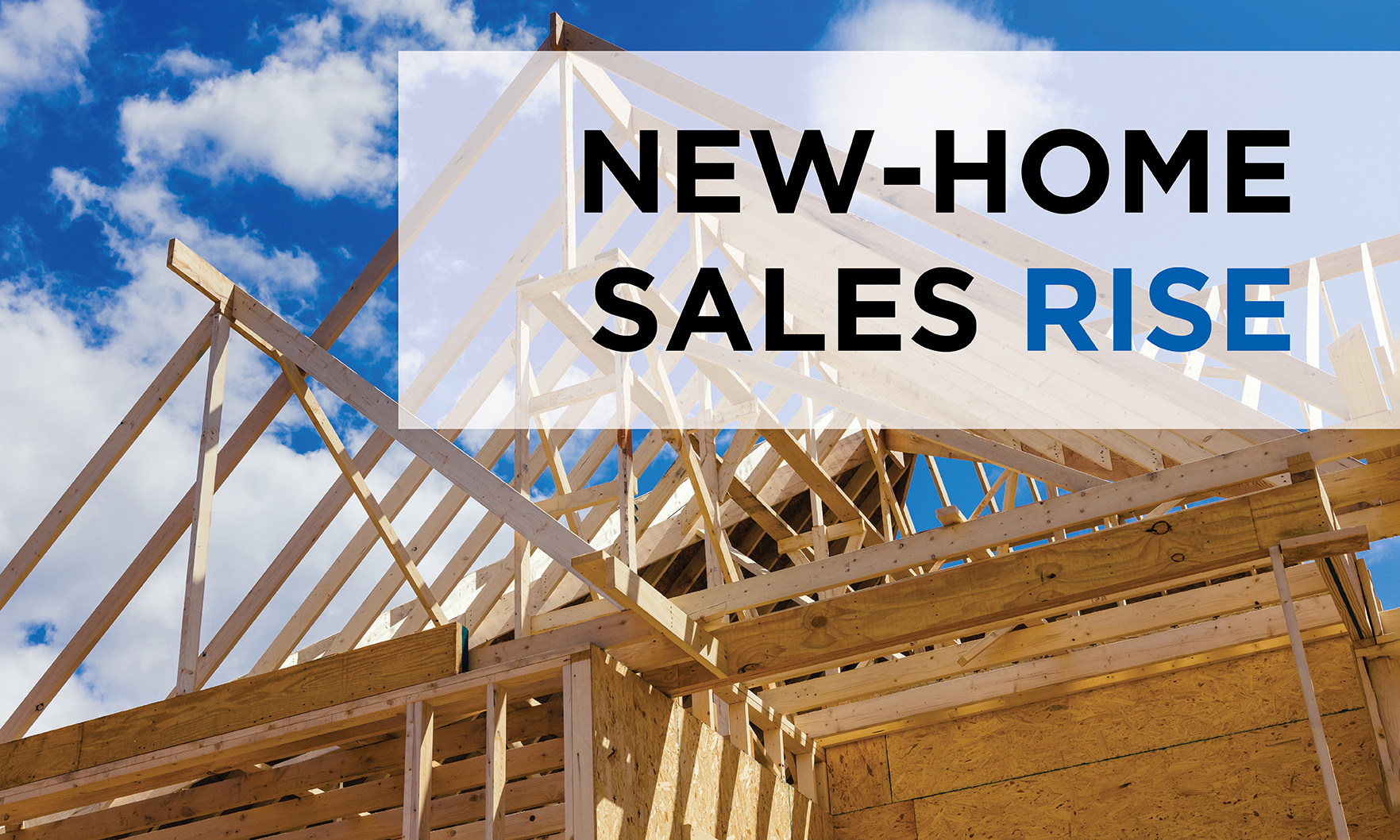By the Numbers

The pace of sales rose 7.4% compared to February, topping analyst estimates by a large margin.

The surprisingly large decline in the pace of housing starts comes as builder sentiment remains depressed by tariff worries and high prices.

“Each interaction indicates buyer interest in that home, and listings with higher engagement levels tend to sell faster and at or above the list price,” Zillow Senior Economist Kara Ng explained.

Meanwhile, purchase applications showed their strongest increase in almost two months, rising 7% year over year.

The National Association of REALTORS’® Pending Home Sales Index rose 2% month over month in February, topping an expected 0.9% gain.

Nationally, home sales were down 2.6% year over year and up 8.4% month over month, RE/MAX said.

The median existing-home price was also on the upswing last month, providing homeowners a bit of refuge as the stock market undergoes a correction, Chief Economist Lawrence Yun said in the monthly report.

The pace of new-home construction was higher than economists expected, even as homebuilders expressed concern about the impact of tariffs and supply-side challenges.

Falling consumer sentiment suggests potential homebuyers are wary of the short-term economic outlook and future inflation, CoreLogic Chief Economist Selma Hepp said.

At the same time, the median sales price for a new home hit its highest level since 2022, according to the U.S. Census Bureau and the U.S. Department of Housing and Urban Development.

In Denver, home prices rose 1.51% year over year and 0.08% month over month in December.

At the same time, builder sales expectations for the next six months posted their second-largest drop since the sentiment index started in 1985.

On a city basis, Chicago posted the highest annual increase among the country’s 20 largest metros, followed by Miami, Las Vegas and Washington, D.C.

The median existing-home price for all housing types in December rose 6% from its year-ago level.

Nationally, home sales were up 13.3% year over year and 4.4% month over month, RE/MAX said.

In its last reading before the end of the year, the National Association of REALTORS® Pending Home Sales Index posted its fourth consecutive monthly increase in November.
